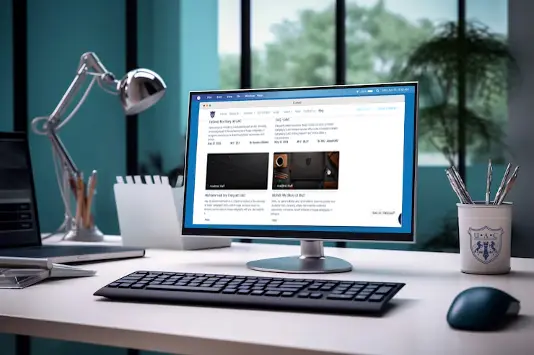Welcome Back, UAC Calligraphers!
In our first episode, we explored the captivating history and defining characteristics of Nastaliq script. Now, it's time to embark on the rewarding journey of learning the essential techniques used to create those graceful curves and elegant forms. This episode equips you with the tools and methods to bring Nastaliq to life!
Equipping Yourself for Nastaliq Mastery:
Before we begin, let's ensure you have the necessary tools:
- The Perfect Qalam (Pen): Unlike some Arabic scripts, Nastaliq requires a specialized qalam with a slightly bent tip, angled to match the script's signature slant. UAC resources can guide you on selecting and preparing the ideal Nastaliq qalam.
- Ink for Flow and Beauty: Opt for high-quality ink that flows smoothly and adheres well to your chosen paper. Consider using slightly less viscous ink than you might for other scripts, as Nastaliq strokes often require more delicate control.
- Paper: A Foundation for Artistic Expression: Choose smooth, high-quality paper that can handle the delicate strokes and subtle variations in thickness of Nastaliq script. UAC might recommend specific paper types ideal for this art form.
Posture and Control: The Key to Graceful Lines:
Maintaining proper posture and grip is paramount for creating the characteristic slanted strokes and delicate curves of Nastaliq. Here's a guide:
- Posture for Precision: Sit upright with your back straight and feet firmly planted on the ground. Ensure you have ample arm and hand movement for creating controlled strokes at an angle.
- The Art of the Grip: Hold the qalam comfortably between your thumb, index, and middle finger, with the qalam resting on the side of your ring finger for stability. The bent tip of the qalam should be angled slightly towards your writing surface.
The Building Blocks of Nastaliq:
Nastaliq, like any other script, is built upon a core set of strokes. This episode will focus on mastering these fundamentals, emphasizing the importance of the signature slant:
- Al-Qaim (The Upright): While similar to other scripts, Nastaliq's uprights are executed with a slight slant, forming the backbone of many letters.
- Al-Madd (The Elongation): Mastering elongated strokes is crucial for Nastaliq. Practice creating smooth, controlled strokes with the appropriate slant for the ascenders and descenders that define this script.
- Al-Mansub (The Connected): Nastaliq letters often seamlessly connect with graceful curves, maintaining the diagonal flow. Practice creating smooth transitions between strokes, focusing on maintaining the slant and overall harmony of the letter connections.
Practice Makes Perfect Nastaliq:
Now comes the exciting part – practicing these strokes with the signature slant! Here are some tips:
- Start Slow and Deliberate: Don't rush! Focus on slow, controlled movements with the qalam, ensuring clean lines and the proper slant in each stroke.
- Visualization is Key: Before creating a stroke, visualize its path in your mind, including the angle of the slant. This mental rehearsal helps guide your hand for a precise and elegant execution.
- Utilize UAC Resources: UAC might offer downloadable Nastaliq stroke practice sheets specifically designed for the slanted nature of this script. Utilize these resources to refine your technique and gain muscle memory for the essential strokes.
Moving on to Nastaliq Letters:
Once you've mastered the basic strokes with the proper slant, we'll progress to forming individual Nastaliq letters. The upcoming episode will break down the letter shapes, focusing on their unique proportions, the importance of maintaining the diagonal slant within each letterform, and the art of creating graceful letter connections in Nastaliq script.
Stay tuned for Episode 3: The Soul of Nastaliq - Beyond the Basics!





Elegance of Nastaliq: Episode 2 The Nuances of Nastaliq: Mastering the Art of the Pen